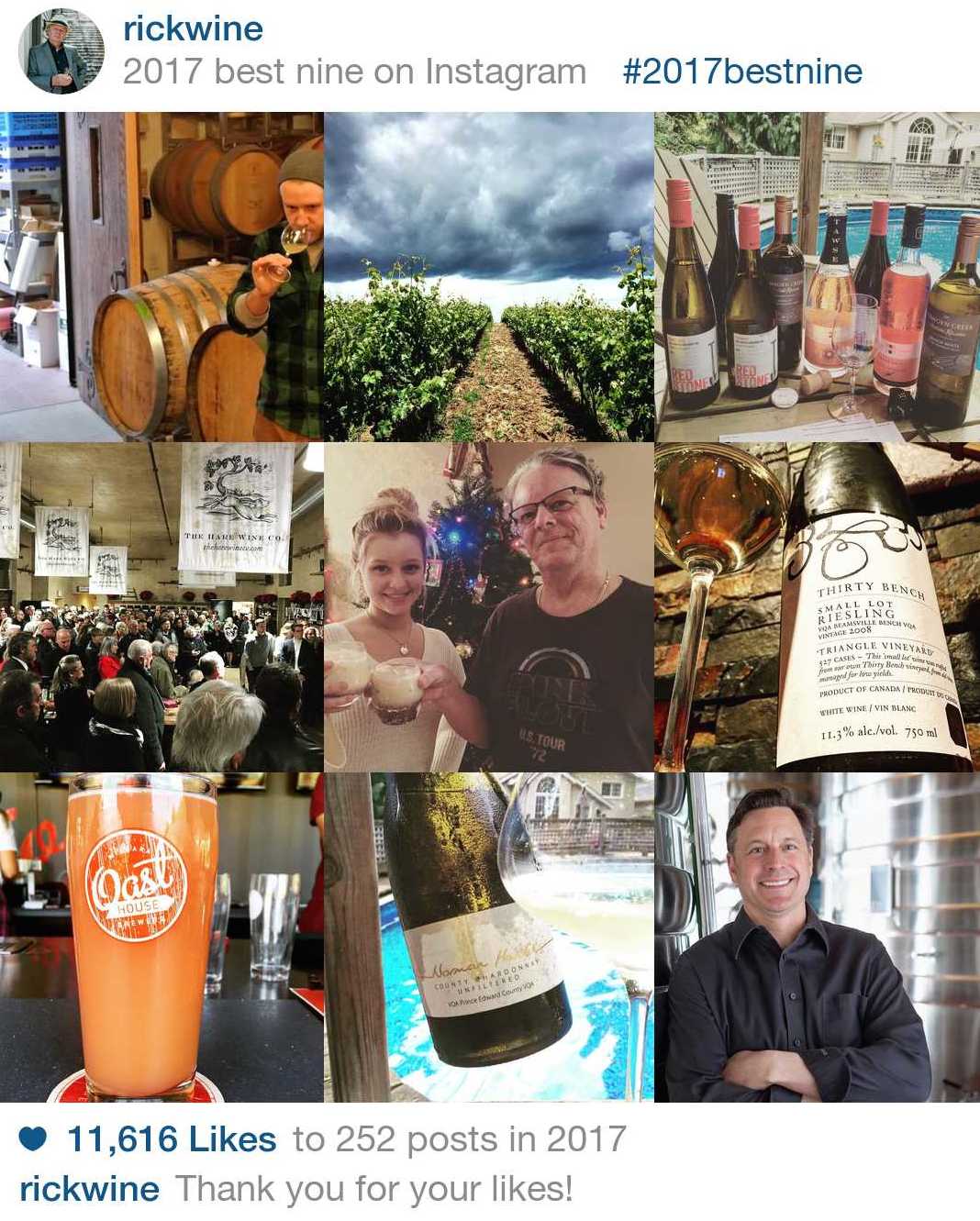
By Rick VanSickle
With 2017 now clearly in the rear-view mirror (or left now to a 2017 Instagram collage) it’s time to take stock of what we lost, what we gained and how it will impact the Canadian wine industry in 2018.
First of all, our team at Wines In Niagara wishes all our readers and advertisers a happy New Year and continued health, success and happiness in 2018. We don’t exist without you, especially our advertisers, many of which took a chance on us when we introduced paid advertising early in 2017 and finally allowed Wines In Niagara to expand its freelance budget and introduce new writers to the site.
So, a big thank-you to those brave pioneers including: Vineland Estates, Ravine, Southbrook, Haywire, Pillitteri, Bolete and Niagara Wine Festivals. We truly hope we can be a vehicle for future advertisers looking to reach an engaged community of wine lovers who appreciate local wine, food, beer, cider and the winery experience in wine country.
At the end of this post, we offer recommendations (well, there’s only one, but it’s a Riesling that was one of this website’s Most Thrilling Whites of the Year) for the first release in 2018 of Niagara wines at Vintages stores, plus new wine reviews for Fielding Estate, Adamo, Kendall-Jackson in California and Gabbiano in Chianti.
A year-end review (of sorts):
Great Loss in 2017
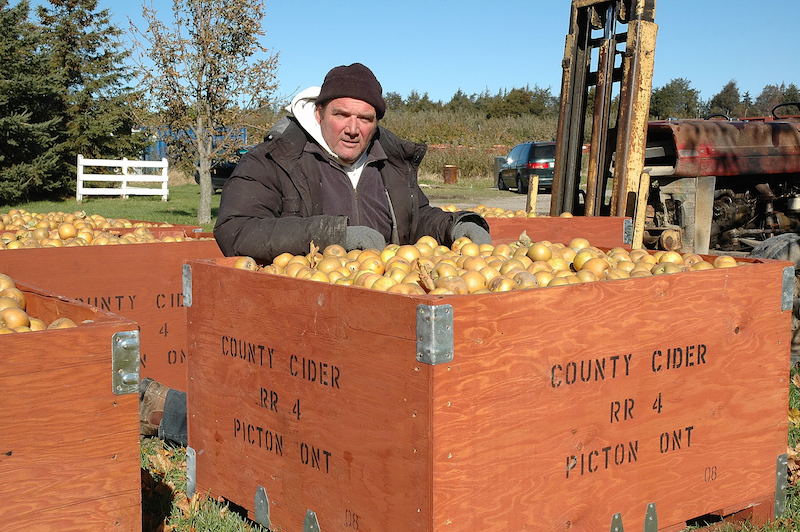
There is always some sadness and grief with any passing year but 2017 was particularly difficult. Two giants in their respective industries left us to mourn their deaths.
Last January, Grant Howes, a friend to so many and a mentor to even more for his pioneering of the modern craft cider industry in Ontario, passed away at the age of 60. Howes was legendary in the cider business, his story well known about how he quit his white-collar job in B.C. to help with the family apple orchard in Prince Edward County and saw an opportunity to reinvigorate the long-forgotten craft cider business in Ontario.
On a personal level, Grant was a long-time friend of mine who I first met and hung around with in high school in Toronto. He was a gentle giant of a man, a good pal and a passionate and key figure in the modern era of craft cider making in Ontario.

Later, in November, Inniskillin co-founder Karl Kaiser, the man who made the most famous wine in Canada’s history, died. He was 76 years old.
Kaiser and Donald Ziraldo founded Inniskillin Wines Inc. in 1975 after being granted the first winery license in Ontario since 1929. In 1984 winemaker Kaiser harvested his first Icewine, which was bottled as “Eiswein,” from Vidal grapes frozen naturally on the vine at the winery site (Brae Burn Vineyard).
The first attempt to make Icewine by Kaiser was actually in 1983 but the birds ate all the grapes from the vines that were not netted for protection, at least in Niagara.
Then, in 1991, things changed forever for the new Canadian wine industry. Inniskillin received the most prestigious award in the wine world at Vin Expo, France — the Grand Prix d’Honneur for Kaiser’s 1989 Vidal Icewine. This was a major turning point, thrusting Inniskillin into the international limelight clearly establishing major credibility as a serious wine producer as well as lifting the profile of Canadian wines at the same time.
In early December, hundreds came out to the Hare Company in Niagara-on-the-Lake to honour and raise a toast to Kaiser and his celebrate his incredible legacy.
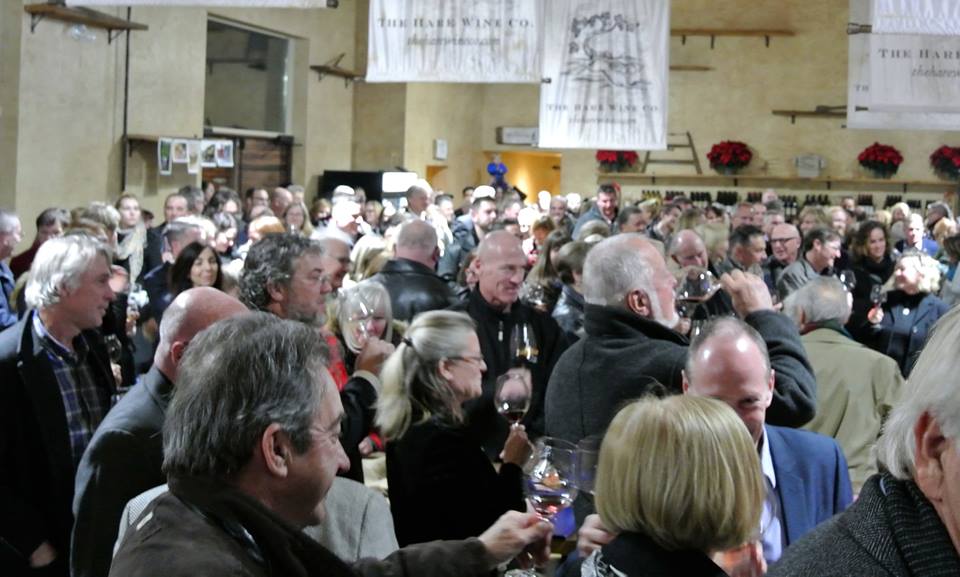
A jam-packed crowd came to pay tribute to Kaiser and celebrate an amazing life that touched so many people and put Canadian wines on the international map.
Niagara also lost Murray Marshall in 2017. He was a co-founder and former CEO of Niagara’s Diamond Estates Wines & Spirits. He was 60 years old.
Marshall was a charismatic leader in Niagara and as co-founder of Diamond Estates and its president and CEO from 2000-2014 he helped build it into Canada’s fifth largest wine company (by capacity) and third largest independent sales agency representing over 100 international wines and spirits brands.
Hashtag #CanadaWINE150
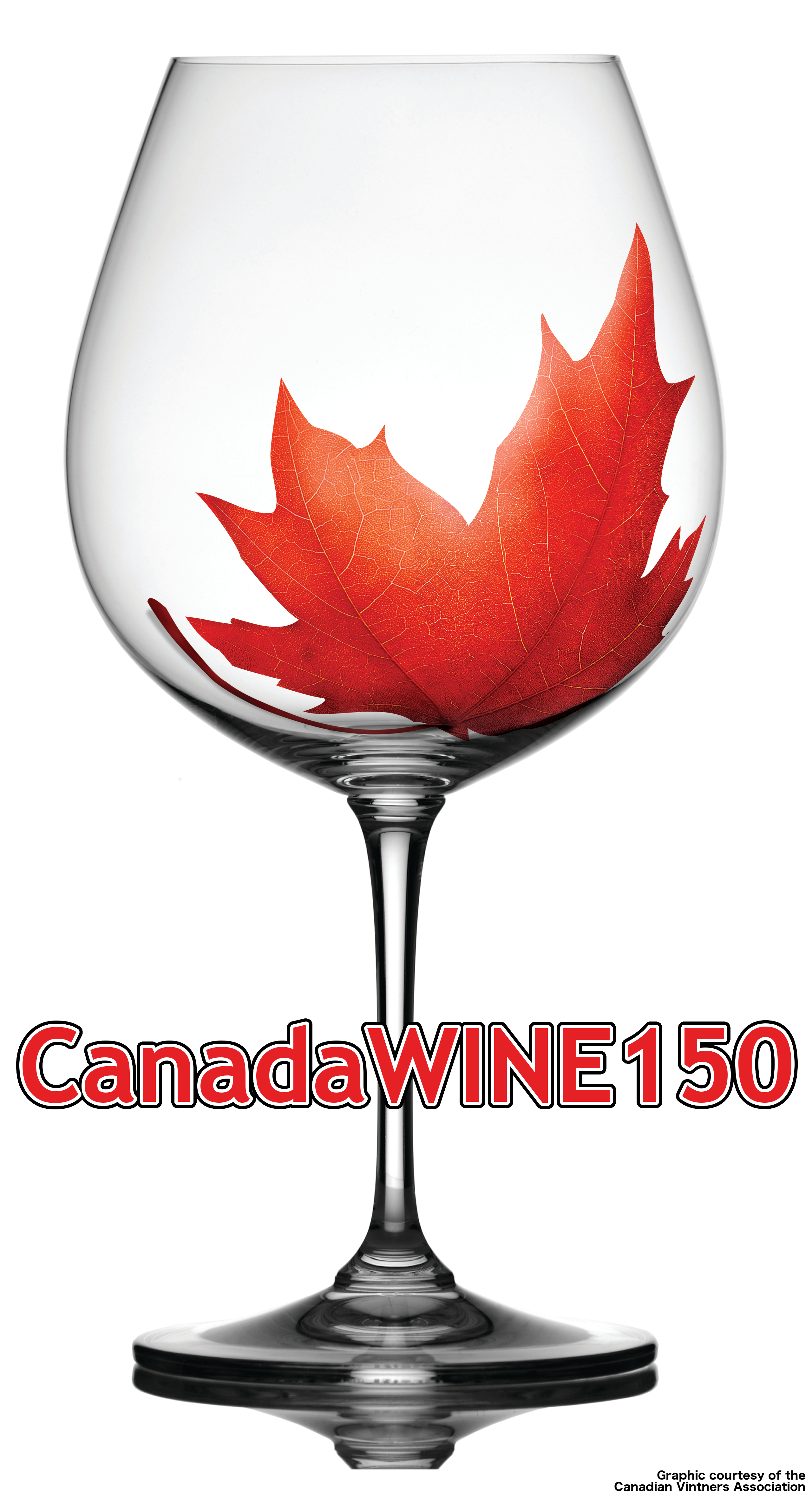
We embarked on an ambitious project here at Wines In Niagara to bring as many voices as we could find to the broad issue of where the Canadian wine industry is heading in the next 150 years as a way of celebrating Canada’s 150th birthday.
Writers from coast to coast, and from all corners of the wine industry, stepped up to the plate to touch on issues they felt were important for the continued growth of the industry.
There was passion, controversy and, most of all, opened up a dialogue between people who all have a stake in healthy Canadian wine industry. The bulk of that work, provided by the community at large, was the single most important project this website has undertaken because it was non-agenda specific and came from the hearts of those who penned the pieces and have the highest stake in it.
A big thank-you to the contributors, it was much appreciated.
Ch-ch-ch-changes Part I
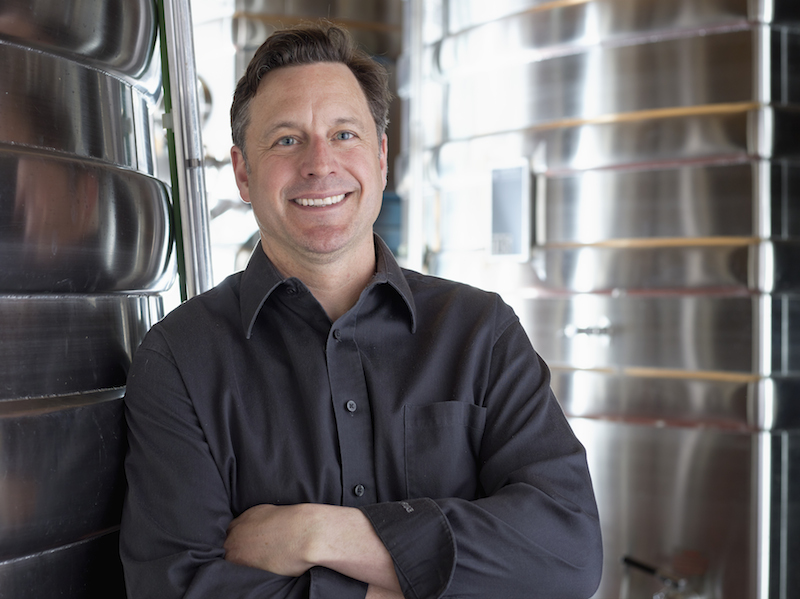
The wine industry plays musical chairs every year, it’s a given with winemakers. Here are some of the key moves that took place in 2017.
• Jay Johnson went from Flat Rock Cellars to Hidden Bench when Marlize Beyers decided to step down to spend more time with her family.
• Veteran winemaker David Sheppard took over from Johnson after resigning from Coyote’s Run (more on Coyote’s below).
• Legendary B.C. winemaker Howard Soon, who “retired” from Andrew Peller Ltd. after 37 years earlier in the year, joined Vanessa Vineyard as the winery’s master winemaker.
• With Sandrine Bourcier moving to California, Henry of Pelham is looking for a chief winemaker. A big and important job for someone. Still no word on who that will be.
• Jeff Hundertmark left Stoney Ridge/Mike Weir in Niagara and headed west to become the winemaker at Terrabella Wineries Ltd. in the Okanagan Valley.
Ch-ch-ch-changes Part II
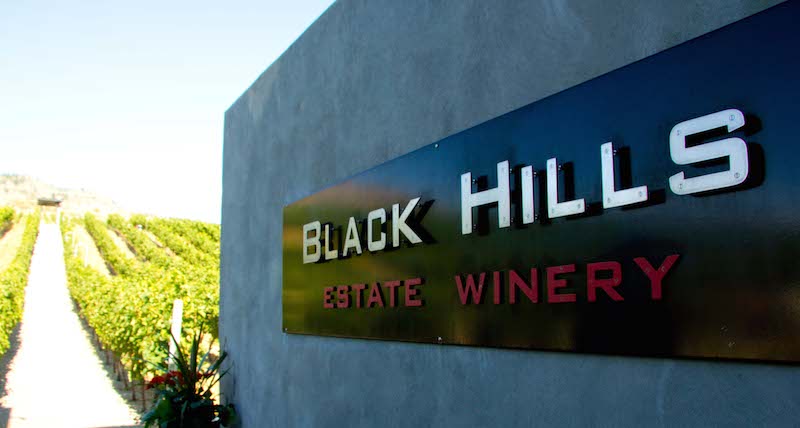
It’s not just winemakers who play musical chairs, ownership of wineries can also change in any given year and, in 2017, there were some big moves.
• Corby Spirit and Wine Limited, a leading Canadian manufacturer, marketer and distributor of spirits and imported wine, $6.2 million in cash for the Foreign Affair winery, a Niagara-based VQA wine producer that specializes in appassimento-style wines.
• Andrew Peller Limited acquired Black Hills Estate Winery, Gray Monk Estate Winery and Tinhorn Creek Vineyards for a combined purchase price of $95 million.
The three estate VQA wineries in British Columbia’s Okanagan Valley generated total revenues of approximately $25 million in their latest fiscal years. The purchase was funded by a combination of $78 million in cash from the Company’s credit lines and $17 million worth of Class A common shares.
• Arterra Wines Canada acquired Laughing Stock Vineyards, a family-owned, premium boutique winery, founded in 2003 by David and Cynthia Enns. LFNG is located on the Naramata Bench.
The winery will continue to operate as usual, with the Enns continuing to play a key leadership role sustainably growing the business over the next several years.
Arterra has been making award-winning wines in the Okanagan for more than 30 years, with over a thousand acres of premium vineyards like Black Sage and Sunrock. They make recognized wines from Black Sage Vineyard, Sumac Ridge Estate Winery, See Ya Later Ranch, Jackson-Triggs and Inniskillin Okanagan, Nk’Mip Cellars, and employ over 500 people in B.C.
• It appears it’s over for Mike Weir Wine in Niagara. The Beamsville winery that bears the PGA star’s name was listed on MLS through Colliers International Niagara for $10.9 million in November. There has been no movement on the sale, but there is determination to sell the business, brand and assets.
The Greatest One

For a lot of reasons, 2017 belonged to Andrew Peller Ltd. With the blockbuster purchase of three key Okanagan properties, some industry observers were saying Peller has surpassed Arterra in terms of wine production (no one seems to know this for certain).
But the most spectacular development in my opinion was the new Wayne Gretzky Estates Winery & Distillery — the company’s newest jewel in the family of estate wineries built on Niagara Stone Road. What an experience the winery/distillery is, and what a draw for visitors to Niagara.
Mother Nature struts her stuff

It bore through Niagara suddenly and ferociously on a summer’s day and in a matter of minutes left many of Niagara’s grapevines pockmarked and damaged.
Hail is one of the most feared calamities, among many for tender fruit growers, because of the considerable damage it can cause so quickly, without warning and without a defence to prevent it.
Reports of damage came in from most parts of Niagara wine country, but the worst seemed to have occurred along the Niagara Escarpment benches, in particular the Beamsville Bench.
Hail was just one element that made 2017 very challenging for Niagara winemakers. An unusually chilly and wet summer was somewhat tempered by late heat and sun late into the fall.
A Clockwork Orange
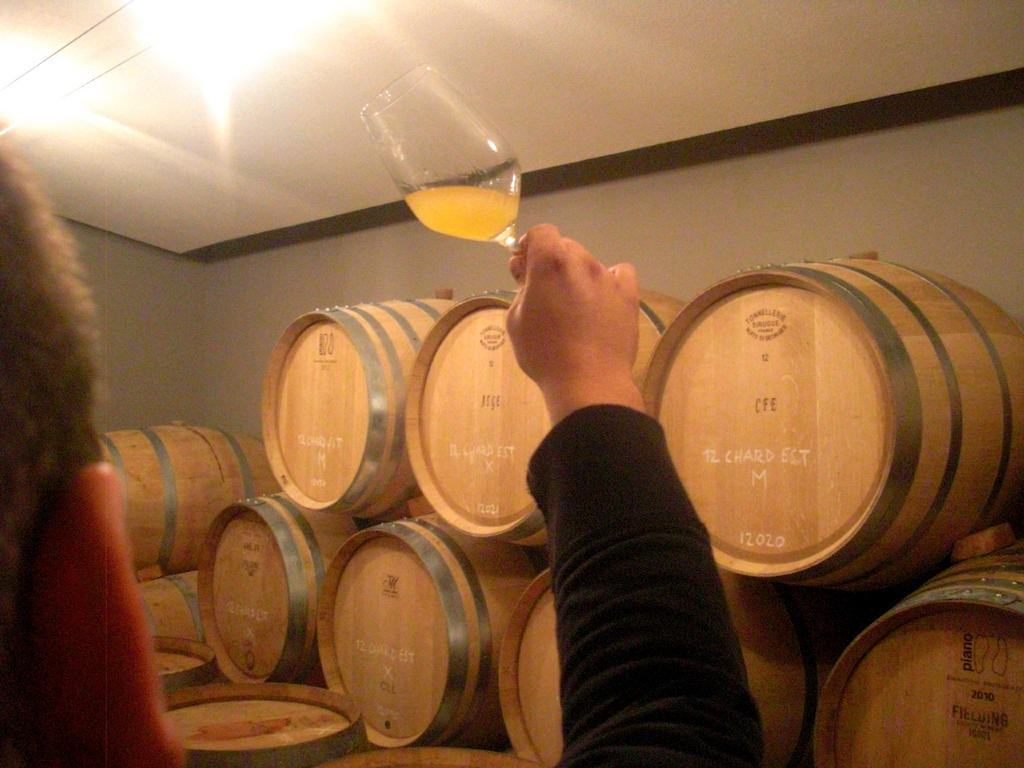
A lot was written and said about VQA in 2017. It got downright snippy out there with winemakers taking sides either for or against the quality control body and, specifically, the tasting panel that comes with it.
But VQA did make a significant change in 2017 to allow the production of “orange” wines in Ontario under a VQA banner. When the government finally signed off on a new Vintners Quality Alliance category for skin-fermented white wines, it opened the doors to an entirely new style of wine for winemakers to play with and reap the rewards from it being a VQA wine.
The process for seeking the new skin-fermented white wine category at VQA came from a request from Southbrook Vineyards’ winemaker Ann Sperling, who was already producing a non-VQA bio-dynamic, organic and natural orange wine from skin-fermented Vidal grapes and finding success.
The new category will not stop the push for VQA reform from certain wineries and winemakers in Ontario, but it does at least show us that the organization is willing to listen to ideas and act on recommendations.
Here’s to Harry!
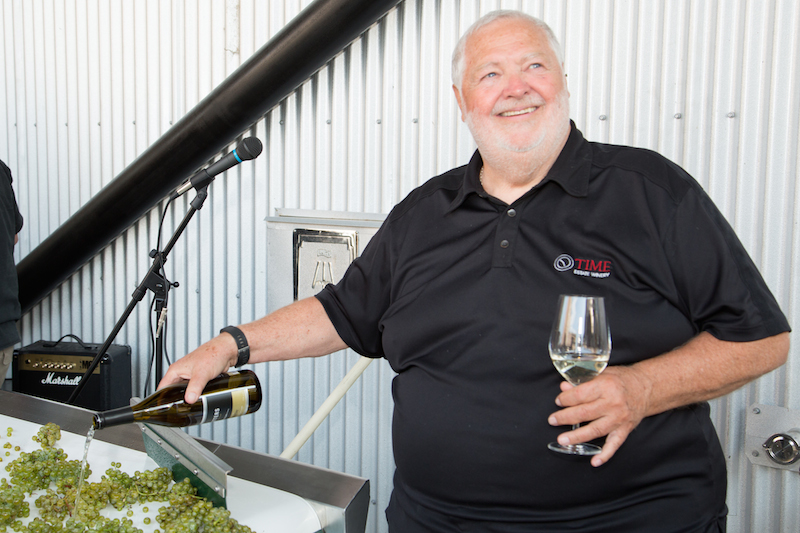
Hailed as the Okanagan Valley’s great wine pioneer, Harry McWatters marked his 50th vintage in August with the very first crush at the new TIME Winery facility in downtown Penticton.
McWatters is credited with laying down the foundation that would build British Columbia’s wine industry into the award-winning, internationally-recognized, $3 billion industry it is today.
After making his own wine in the 1960s, McWatters worked as a sales manager at Casabello Wines in 1968, and then settled with his family in the Okanagan in 1979, and built British Columbia’s first estate winery, Sumac Ridge Estate Winery, in 1980.
Cheers, Harry!
What a howler
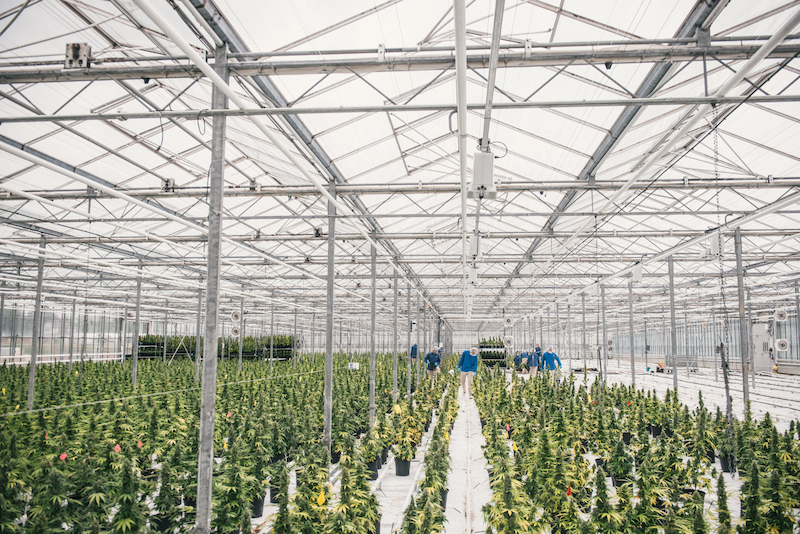
So, we know what you are thinking. Wines In Niagara published a well-viewed story saying Coyote’s Run Winery was sold to a legal marijuana operation and all employees were to be gone by the end of last November. Yet, there it is. Still operating. Still the next-door neighbour to the world’s largest pot grower.
Look, we wrote the story after staff at Coyote’s Run were told by their owner that he had sold the winery to Tweed. That’s a fact, they were told that. What the hell happened after that, we may never know, but the owner of the winery and Tweed quickly denied that a sale was happening and, even after clearing out the winery of its wine supply at half price, the winery is still in operation. I think.
So, did Tweed get skittish after the story ran and back out of the deal? Did the owner of the winery change his mind? Will the deal still get done, afterall, what winery wants to be located right next to a monster pot grow-up with the smell of pot in the air and trucks coming and going all day and all night? Or did the owner just come up with a story simply to sell some wine quickly for cash flow? We do not have the answer to those questions, but can tell you this: It is one of the weirdest stories every posted on this site. But I stand by every word that was written (and updated) and by the people in Niagara who spoke to me when I was gathering the information. They are the true victims in this.
Coming to Vintages Saturday
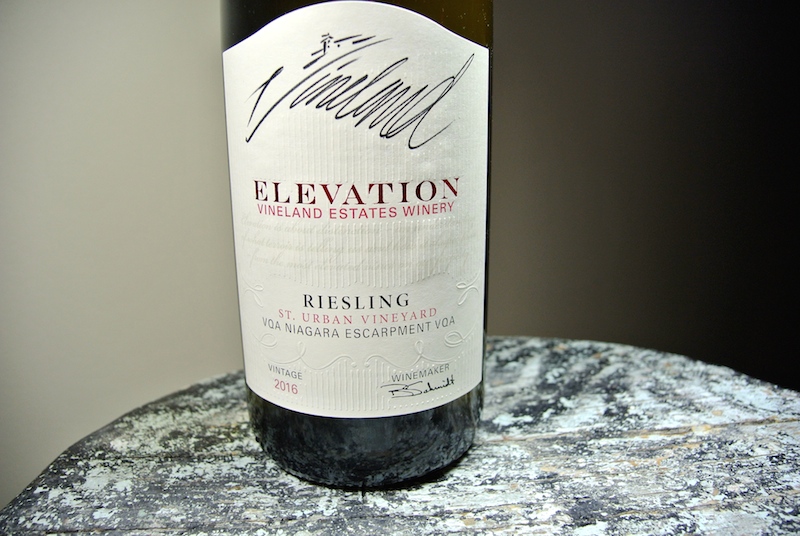
Vineland Estates Elevation St. Urban Vineyard Riesling 2016 ($20, 92 points) — St. Urban is one of the most important Riesling vineyards in Ontario. It has history, a proven track record, distinct terroir from block to block and produces top-notch Riesling each and every year at various levels. Elevation is one tier down from the Reserve, but, for me, this defines the wines from Vineland Estate and the winemaker, Brian Schmidt. It’s such a beautiful vineyard both esthetically and for its rich vein of limestone that forms the foundation of the wine’s personality no matter the vintage. The nose shows bright, vibrant lime zest and citrus, apple skin, summer peach and stony minerality. Just wow on the palate, an initial blast of lemon-lime then honey crisp apple and peach, then waves of wet stone that is all perfectly balanced by racy acidity that runs through the core. Delicious now, but worth laying down a few bottles to see how it matures.
Also released, but not reviewed:
• Calamus Estate Winery White Night 2014 ($14)
• Flat Rock Riesling 2016 ($18)
• G. Marquis The Silver Line Chardonnay 2016 ($18)
• Chateau des Charmes St. David’s Bench Vineyard Gamay Noir Droit 2016 ($19)
A couple of beauties from Chianti

Castello di Gabbiano Chianti Classico 2015 ($16, LCBO, 88 points) — Gabbiano can always be counted on for value and quality in Chianti. This Classico is rich in red berries, violets, plums and well-integrated spice notes. It’s fresh and vibrant on the palate with a bevy of red fruits, plums, savoury spices and some decent tannic structure through the finish. Pair with grilled steak, risotto with mushrooms or roasted pork with garlic, herbs and fennel.

Castello di Gabbiano Chianti Classico Riserva 2013 ($23, Vintages, 90 points) — Only the best grapes from the estate are chosen for the Riserva level of Chianti Classico and aging is 12 months in French oak and 12 months in bottle before release. It’s richer on the nose than the above wine with a ripe broth of cherries, raspberries, earth, bramble and lovely oak spices. The palate reveals robust and savoury red fruits, plums, earth, elegant barrel spices and brilliant acidity to keep it fresh and alive through the finish. A very nice wine offered at an attractive price.
Cali Chard
 Kendall-Jackson Vintner’s Reserve Chardonnay 2016 ($20, Vintages, 90 points) — Always a standout Chard from multiple vineyards located up and down the coast of California. This has a voluptuous nose of layered and expressive apple, pear, vanilla, buttered toast and creamy barrel spices. It’s a lush and spicy Chard on the palate with a range of ripe orchard fruits, mango, pineapple and just enough acidity to keep it lively on the finish. Big, rich, Cali Chard.
Kendall-Jackson Vintner’s Reserve Chardonnay 2016 ($20, Vintages, 90 points) — Always a standout Chard from multiple vineyards located up and down the coast of California. This has a voluptuous nose of layered and expressive apple, pear, vanilla, buttered toast and creamy barrel spices. It’s a lush and spicy Chard on the palate with a range of ripe orchard fruits, mango, pineapple and just enough acidity to keep it lively on the finish. Big, rich, Cali Chard.
A pair from Fielding Estate

Fielding Estate Chardonnay 2016 ($26, 90 points) — Made from 100% fruit the estate’s Beamsville Bench Vineyard. It shows a lovely nose of pear, apple, toasted vanilla, spice and swirling minerality. It’s creamy and smooth on the palate with a balanced approach to the apple/pear/citrus fruit and barrel spice notes.

Fielding Estate Theo’s Block Riesling 2016 ($30, 92 points) — This second edition of Theo’s Block from the Procyshyn Vineyard in Vinemount Ridge sub-appellation has a story behind it, one that is tough to read, but also one that is about life, death, family, commitment, hard work, and the relationship between grower and winery. You can read what was has already been written here. This wine has such a brilliant nose of expressive lime, grapefruit, ginger and wet-stone minerality. It’s perfectly dry and refreshing on the palate with a tart citrus core, racy acidity, texture and driving minerality through the racy finish. Very fine terroir-driven Riesling that will age quite well.
Two from the Lowrey Vineyard
In the top wines of the year post (you can revisit here) the five wineries that received Pinot Noir grapes from the Lowrey Vineyard in St. David’s were collectively awarded the most thrilling red Niagara wines of the year for the 2014 vintage. By the time that was published, two of the wineries had already released their 2015 versions.

Fielding Estate Lowrey Vineyard Pinot Noir 2015 ($40, 91 points) — A much prettier version of the Lowrey than in 2014 with a nose of wild raspberry, cherry and subtle spice notes. It is youthful and tight on the palate at this stage but starting to show a range of red fruits, more savoury notes, medium+ tannins and persistent flavours and spice through the finish.

Adamo Lowrey Vineyard Pinot Noir 2015 ($35, 92 points) — Adamo is the last one in on the coveted Lowrey fruit and winemaker Shauna White does a really nice job with it. The nose here shows rich, ripe cherry, raspberry, some cassis notes, cedar and savoury spices. It has wonderful texture and energy on the palate with good tannic structure to showcase red fruits, earth, anise, minerals and wood spices.


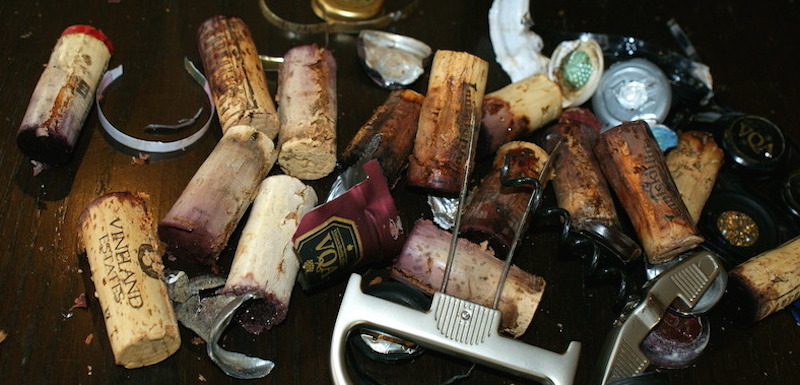



Comment here